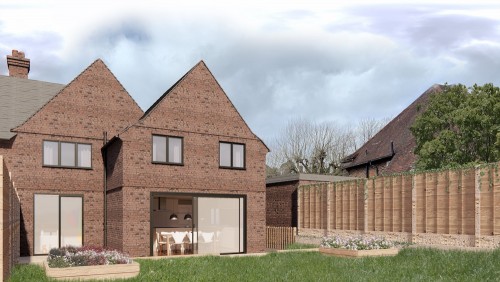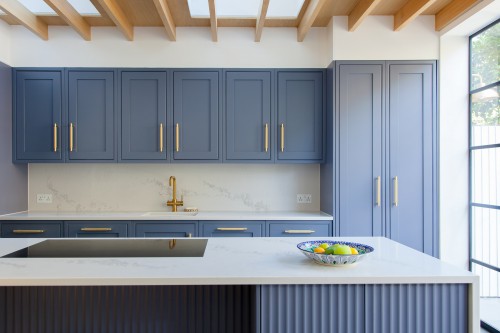Permitted Development Advice
28 November 2023 by Simon Drayson
Old browser alert! We have detected you are using a pretty old browser. This website uses cool features that can't be supported by your browser.
If we let you see the website it would look all weird and broken, nobody wants that!
Update your browser!28 November 2023 by Simon Drayson

We were recently asked by Grand Designs Magazine to offer our expert advice on permitted developments that you might need to consider if you are looking to add a kitchen extension, as sometimes this is the only way to get the kitchen of your dreams.
Here are some of our top tips, but do get in touch if there are specific questions you might have that we have not covered here.

Permitted Development Rights define which building projects do not require planning permission, and are therefore intended to cut red tape for homeowners looking to make straightforward home improvements, such as kitchen extensions.
Certain limited and conditions need to be met, for example rear extensions must use materials similar in appearance to the existing house, and not extend beyond the rear wall of the original house by further than 4/3m for detached/non-detached houses, with a maximum height of 4m.
The Planning Portal website features some helpful interactive guidance for typical projects, including conservatories, extensions, loft conversions, outbuilding and porches.

Wraparound extensions, which extend to both the rear and the side incorporating the corner in-between, are not classed under Permitted Development, so these types of projects will require full planning consent. From our experience these are usually permissible, and the space benefit is huge, but unsurprisingly they usually cost more, usually due to the additional structure.
Sometimes Permitted Development Rights are removed by the Local Authorities using an ‘Article 4’ Direction, in which case full planning consent will need to be sought regardless of the extension size. This is very often the case in Conservation Areas in order to protect their special character or appearance.
To confirm whether or not your project falls under Permitted Development Rights, you should seek a Lawful Development Certificate from the Local Authority before carrying out the work, which a buyer’s solicitor will ask for should you come to sell your property.

Contrary to popular belief, The Party Wall etc Act 1996 – which exists to prevent or resolve disputes relating to joining Party Walls – does not only apply where you want to work on an existing party wall; this also comes into effect where you want to build on the boundary line, or where you want to excavate within 3m of your neighbour and deeper than their foundations.
There are separate requirements for each, which require their own Notices to be served, and have different timescales associated therewith. You should consult with a Party Wall Surveyor as early on in your project as possible, as not following the correct procedure can cost dearly in terms of both time and money.
The full article can be found in Grand Designs Magazine, December 2023, you can find the online version here. If you have a kitchen extension project that you would like to discuss, contact us to start the conversation.